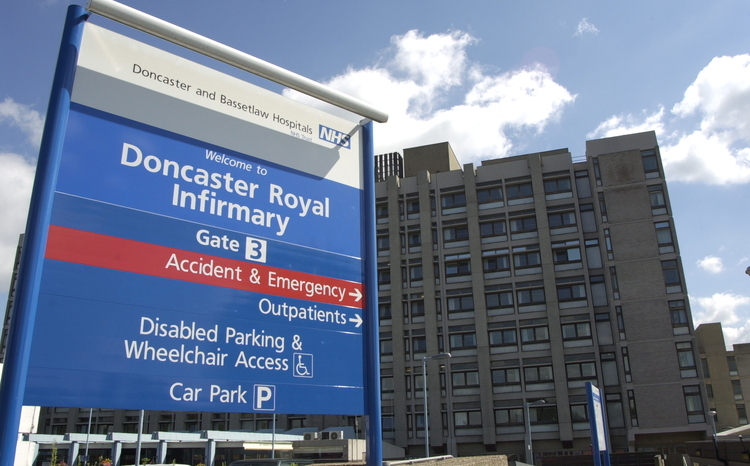CQC calls for national risk assessment model and data set
- 14 July 2016

The Care Quality Commission has called for national action on data to support integrated care, in a report that says current initiatives are struggling.
The CQC published a ‘thematic review’ earlier this week of efforts to integrate health and social care, which it notes has been “a national policy commitment and ambition for many years.”
The regulator says its fieldwork found “many initiatives that aimed to deliver integrated care” and “some good practice”. But it also says “we did not find many examples of it working really well.”
Problems included organisational barriers, a reliance on “temporary funding” and “goodwill” between individual practitioners, erratic monitoring and evaluation, and a lack of communication with older people, their families and carers.
On the data front, it found that: “not all providers routinely used standardised assessment tools for identifying and reviewing people at risk”.
Even GPs that did use standardised assessment tools “reservations” about them “because they did not know if they had been formally validated or accredited.”
When standard assessments were carried out, information from might not be entered automatically onto the GP frailty register, linked to care plans, or shared with other professionals. In some cases, older people were given multiple risk assessments and care plans by different services.
The CQC says an example of good practice is North of England’s Commissioning Support Unit’s RAIDR or reporting, analysis and intelligence delivering results system, which uses information from secondary and primary care to determine whether people are at high, medium or low risk of admission to hospital.
But in one of five concluding recommendations, it says that NHS England and the Association of Directors of Adult Social Services should work on an agreed methodology for identifying people at risk, underpinned by a clear data set.
It says the two bodies should also make sure that “meaningful outcomes” are defined for people who are assessed as being “at risk.”
And in another recommendation, it says the National Quality Board and National Information Board should develop a set of “validated data metrics and outcomes measures for integrated care” that can be used to assess the performance of integrated care as a whole.
The ‘Building Bridges, breaking barriers’ report also finds that information sharing can be a barrier to effective integrated care, and identifies staff attitudes and a lack of awareness of data sharing technology as problems.
Inevitably, it adds: “There were also examples where barriers to sharing information related to information governance, IT incompatibility, or concerns over data security and confidentiality.”
As examples of good practice in this area, the report cites Hammersmith and Fulham CCG’s information sharing project, which has allowed GPs to share medical records online with hospitals and community services, and Solent NHS Trust’s move to put primary care, community and mental health care records on one system.
In its recommendations, it says local leaders should use the Five Year Forward View agenda, its vanguards and sustainability and transformation plans, to create a clear vision for integrated care, eliminate duplication, and implement effective IG for information sharing.
It also urges them to involve older people and to make sure that good information about what is on offer is available to them. The CQC undertook the work because it now has ‘lead agency’ responsibilities for assessing quality across health and social care.




